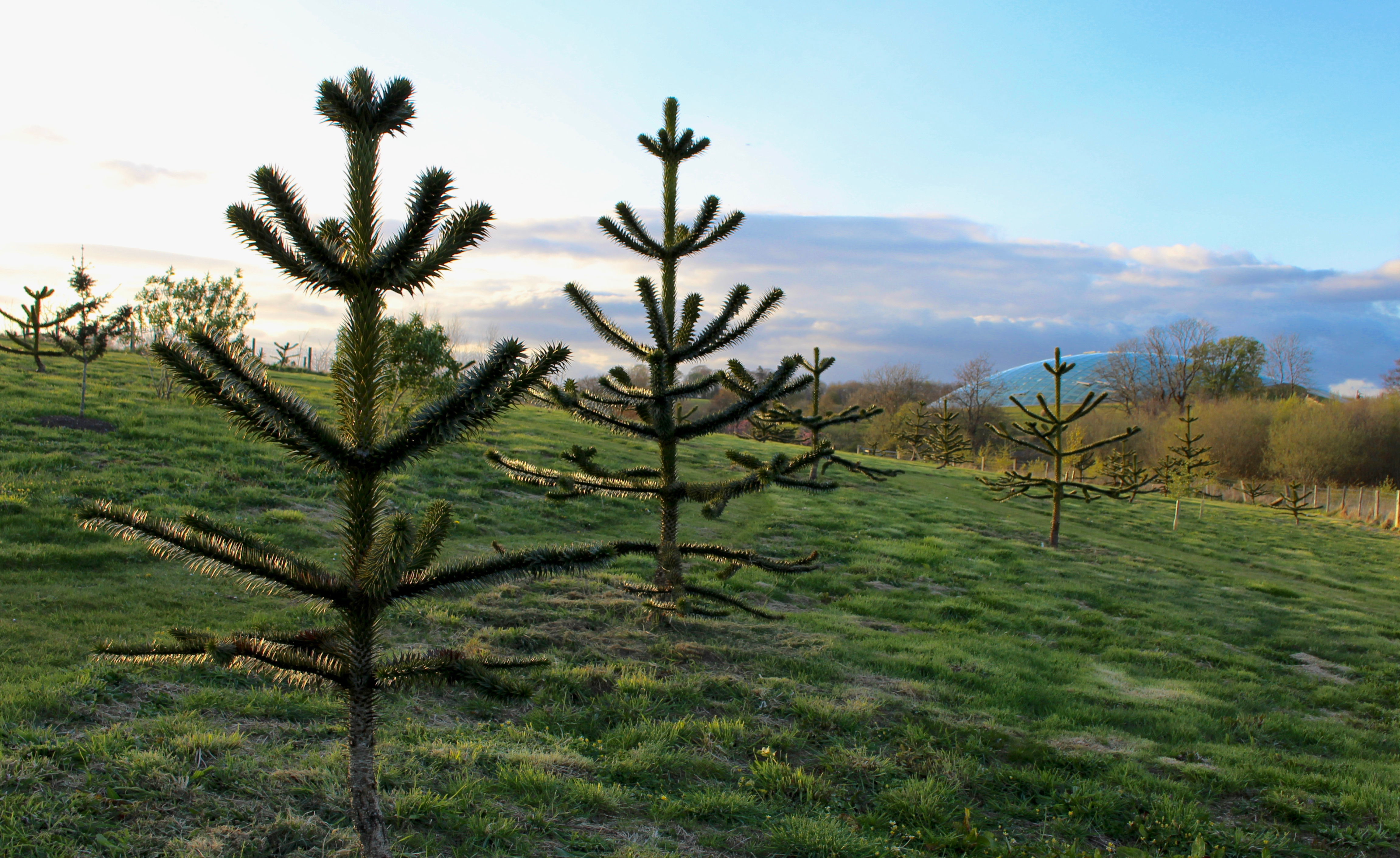Halfway up the Upper Broadwalk you’ll find Wales’s rarest tree – Ley’s Whitebeam. There are only 17 in the wild, each clinging onto steep limestone cliff sides in the Brecon Beacons. Was Ley’s Whitebeam more widely distributed in the past? No-one really knows. It was only discovered in 1896 and not named until 1934.
The Garden has a large collection of whitebeam, Sorbus trees and we are working to conserve these UK endemic species.
Within the whitebeam genus, species produce seeds without having sex, meaning the offspring are clones of the parents. Occasionally sexual reproduction will occur with other individuals, and between species. These new hybrid offspring are often described as separate species, with quite different ecology and habitats. They often have low numbers and many are endangered. The Garden contributed to research on the ecology and genetics of these trees in order to find out more about how these new species evolve and the best way to conserve these complex groups.
Hamston, T.J., de Vere, N., King, R.A., Pellicer, J., Fay, M.F., Cresswell, J.E., Stevens, J.R., 2018. Apomixis and hybridization drives reticulate evolution and phyletic differentiation in Sorbus L.: Implications for conservation. Frontiers in Plant Science 871, 1–13.
